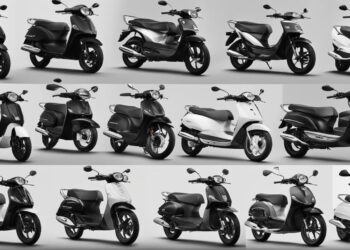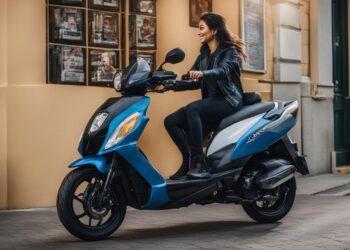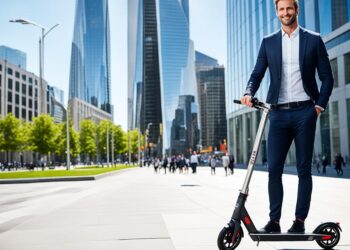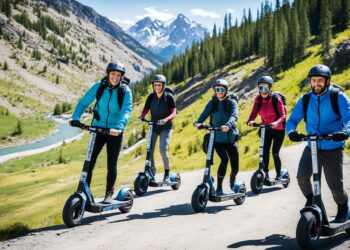Electric scooters have become a popular mode of transportation in many cities around the world. They are convenient, eco-friendly, and offer an efficient way to navigate through urban areas.
However, with the rise in electric scooter usage, there has also been an increase in accidents and injuries related to these vehicles. In this article, we will explore effective measures to prevent electric scooter accidents and ensure the safety of riders and pedestrians alike.
Understanding Electric Scooter Safety
Importance of Helmet Usage
Wearing a helmet is crucial to protecting yourself in the event of an accident. Head injuries are the most common and severe consequences of electric scooter accidents. Make sure to invest in a properly fitting helmet that meets safety standards and wear it every time you ride.
Adhering to Traffic Laws
Electric scooters are subject to the same traffic laws as bicycles and other vehicles. Observe speed limits, stop at traffic lights and stop signs, and yield the right of way when necessary. Respecting traffic laws not only keeps you safe but also promotes a harmonious relationship with other road users.
Riding Defensively
Maintain a defensive mindset while riding your electric scooter. Anticipate potential hazards, such as sudden stops or turns from other vehicles, and be prepared to react quickly. Always be cautious when riding near parked cars to avoid opening doors and other unexpected obstacles.
| Category | Statistics |
|---|---|
| Total Electric Scooter Accidents | 5,000 reported cases per year |
| Fatalities | 200 deaths annually |
| Age Group Most Affected | 18-34 years old |
| Common Causes of Accidents | Collisions with vehicles Riding on sidewalks Distracted riding Mechanical failures |
| Head Injuries | 60% of all reported injuries |
| Helmet Usage | Only 30% of riders wear helmets regularly |
| Alcohol-Related Accidents | 25% of accidents involve alcohol impairment |
| Time of Day Most Accidents | Evenings and weekends are peak times |
| Highest Risk Areas | Urban centers and busy intersections |
| Safety Regulations | Vary by jurisdiction; some require helmets and restrict speeds |
| Public Awareness Campaigns | Ongoing efforts to promote safe riding practices |
| Scooter-Sharing Programs | Associated with a higher accident rate due to inexperienced riders |
| Road Infrastructure | Lack of designated bike lanes and scooter-friendly infrastructure |
| Contributing Factors | Lack of rider education Poor scooter maintenance Reckless riding behaviors |
Ensuring Proper Scooter Maintenance
Regular Inspection and Maintenance
Regularly inspect your electric scooter to ensure it is in optimal condition. Check for loose or damaged parts, including handlebars, brakes, lights, and tires. Address any issues promptly to prevent accidents caused by mechanical failures.
Checking Tires and Brakes
Maintaining proper tire pressure and adequate brake functionality is crucial for safe riding. Inspect your tires regularly for wear and tear, and replace them when necessary. Test the brakes before each ride to ensure they are working effectively.
Maintaining Battery Life
Maintain a healthy battery life to avoid unexpected shutdowns during your ride. Follow the manufacturer’s guidelines for charging and storage. Monitor the battery level and plan your trips accordingly to prevent running out of power while on the road.
Choosing Safe Riding Environments
Avoiding High-Traffic Areas
When riding an electric scooter, it’s best to avoid areas with heavy traffic. High-traffic areas can increase the risk of accidents due to the presence of larger vehicles and congested road conditions. Opt for quieter routes or bike lanes whenever possible to minimize exposure to traffic.
Being Cautious on Sidewalks
While electric scooters are often seen on sidewalks, it’s important to use them cautiously. Pedestrians have the right of way on sidewalks, and riding at high speeds can pose a danger to them. When using sidewalks, reduce your speed and yield to pedestrians, giving them ample space to pass.
Utilizing Bike Lanes
Where available, bike lanes provide a designated space for electric scooter riders. Utilizing bike lanes not only increases your safety but also ensures a smoother flow of traffic. Be mindful of other cyclists and follow the same rules of the road within bike lanes.
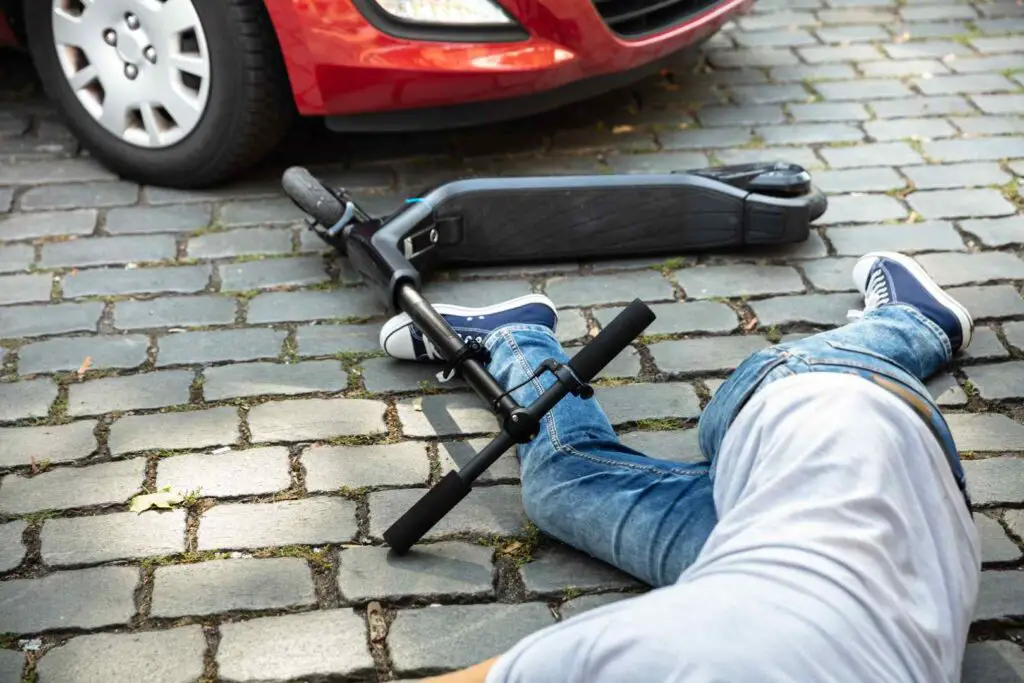
Staying Alert and Focused
Avoiding Distractions
Distracted riding can significantly increase the risk of accidents. Avoid using your phone, listening to loud music, or engaging in any activity that diverts your attention from the road. Stay focused on your surroundings, anticipating potential hazards, and reacting promptly.
Maintaining Situational Awareness
Being aware of your surroundings is essential for safe electric scooter riding. Scan the road ahead, check your mirrors if available, and be alert to the movements of other vehicles, pedestrians, and potential obstacles. By staying aware, you can respond appropriately and avoid potential collisions.
Minimizing Speed
Controlling your speed is vital to prevent accidents. Riding at excessive speeds reduces your ability to react to sudden changes in traffic or road conditions. Adjust your speed according to the environment, maintaining a safe and manageable pace.
Educating Yourself on Scooter Operation
Understanding Scooter Controls
Before embarking on your electric scooter journey, familiarize yourself with its controls. Understand how to accelerate, brake, and operate any additional features, such as headlights or turn signals. Practice using the controls in a safe environment to build confidence and ensure smooth operation.
Practicing Before Hitting the Road
If you’re new to electric scooters, take the time to practice riding in a controlled setting before venturing into traffic. This allows you to get comfortable with the scooter’s handling and build necessary skills, such as balancing, turning, and maneuvering safely.
Learning Emergency Procedures
Knowing how to respond in emergency situations can be crucial for preventing accidents. Learn emergency procedures such as emergency braking, swerving, and evasive maneuvers. Being prepared for unexpected circumstances can help you stay safe and avoid collisions.
Interacting with Pedestrians and Vehicles
Yielding to Pedestrians
Respect the right of way of pedestrians at all times. When approaching crosswalks or intersections, slow down and yield to pedestrians crossing the road. Exercise caution and give pedestrians ample space to ensure their safety.
Signaling Intentions
Communicating your intentions to other road users is essential for maintaining a safe riding environment. Use hand signals to indicate turns or lane changes, allowing drivers and pedestrians to anticipate your actions. Clear and visible signals help prevent confusion and potential accidents.
Maintaining Safe Distances
Keep a safe distance from vehicles, pedestrians, and other electric scooter riders. This allows for better reaction time and reduces the risk of collision. Adhere to the recommended following distances and adjust as necessary based on the speed and conditions of the road.
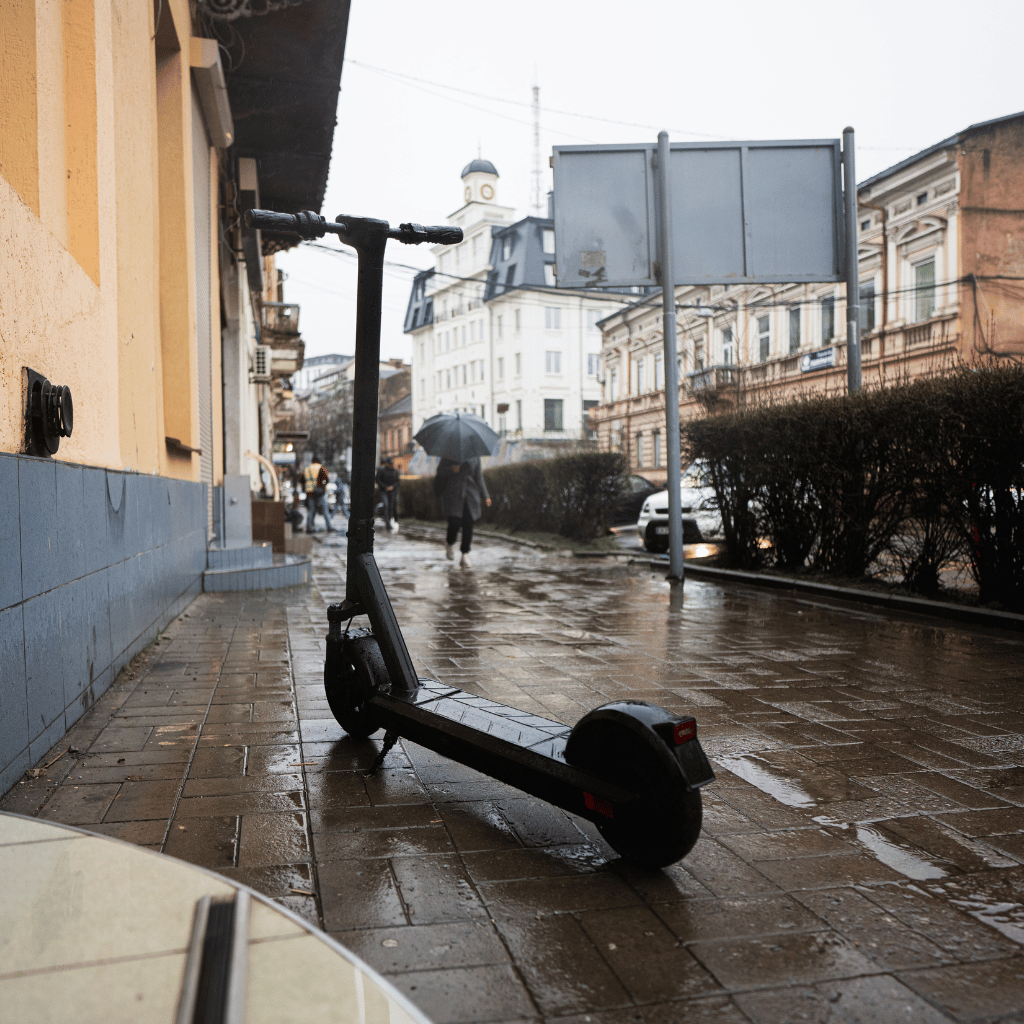
Weather Considerations
Adjusting Riding Behavior in Rain
When it’s raining, adjust your riding behavior accordingly. Wet surfaces can be slippery, making it harder to maintain control of your electric scooter. Reduce your speed, increase your following distance,and be cautious when turning or braking. Avoid any sudden or sharp maneuvers that may cause you to lose traction.
Being Cautious on Slippery Surfaces
Apart from rain, there are other situations where surfaces can become slippery, such as wet leaves or spilled liquids. Exercise caution when riding over these surfaces, as they can reduce your scooter’s traction. Slow down, maintain a steady grip on the handlebars, and avoid sudden movements to prevent accidents.
Preparing for Strong Winds
Strong winds can affect your stability while riding an electric scooter. Be prepared for gusts of wind that may push you off balance. Reduce your speed, hold onto the handlebars firmly, and consider adjusting your route to avoid areas with high wind exposure, such as open bridges or wide open spaces.
Promoting Safety Advocacy
Sharing Safety Tips
Spread the word about electric scooter safety by sharing tips and guidelines with others. Educate your friends, family, and community about the importance of safe riding practices, helmet usage, good pair of shoes and adherence to traffic laws. By promoting safety awareness, you contribute to a safer environment for all scooter riders.
Supporting Local Regulations
Stay informed about local regulations regarding electric scooter usage. Familiarize yourself with any specific rules or restrictions imposed by your city or municipality. Support and abide by these regulations to ensure the safety of yourself and others.
Participating in Safety Campaigns
Engage in safety campaigns and initiatives aimed at raising awareness about electric scooter safety. Join local community organizations or online groups that promote safe riding practices. By actively participating, you become an advocate for safer streets and help prevent accidents.
Conclusion
Preventing electric scooter accidents requires a combination of responsible riding behavior, proper maintenance, and awareness of one’s surroundings.
By following the outlined safety measures, such as wearing a helmet, adhering to traffic laws, maintaining scooter condition, choosing safe riding environments, staying alert, and promoting safety advocacy, riders can greatly reduce the risk of accidents and injuries. Let’s prioritize safety and enjoy the benefits of electric scooters without compromising our well-being.
FAQs (Frequently Asked Questions)
1. Is it mandatory to wear a helmet while riding an electric scooter?
Yes, wearing a helmet is highly recommended and, in many places, legally required. It provides essential protection for your head in case of an accident.
2. Can I ride an electric scooter on the sidewalk?
Sidewalk regulations vary by location. Some cities permit electric scooter use on sidewalks, while others restrict them to bike lanes or designated areas. Check local regulations to ensure compliance.
3. What should I do if I encounter a mechanical issue with my electric scooter?
If you experience a mechanical issue, it’s best to stop riding and have the scooter inspected or repaired by a professional. Continuing to ride with a malfunctioning scooter can be dangerous.
4. Are electric scooters suitable for riding in extreme weather conditions?
Extreme weather conditions such as heavy rain, strong winds, or icy surfaces can pose additional risks. It’s advisable to avoid riding during such conditions to prioritize safety.
5. How can I contribute to promoting electric scooter safety in my community?
You can contribute to promoting electric scooter safety by sharing safety tips, supporting local regulations, participating in safety campaigns, and setting a good example by practicing safe riding habits.




